How to Store Solar Energy at Home: Facts, FAQs & Step-by-Step Guide
-

- Last updated:
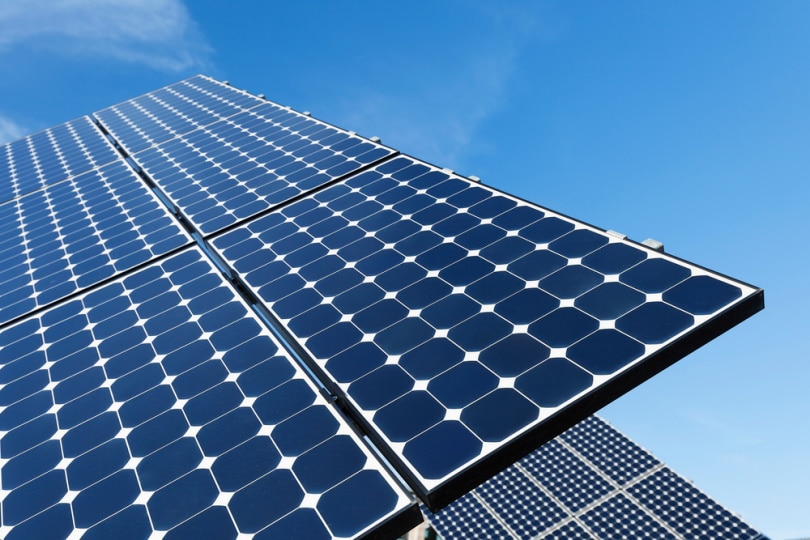
Are you looking for some of the best things you can use for solar storage? There are many options out there. Most of them are more expensive than what you might need, which is why it is always good to understand what you actually need.
Many people assume that you need batteries to store your solar power. While this is one way of storing solar energy, other options are available. If you aren’t sure what to do with your solar power when the sun goes down, keep reading this article for more practical solar energy storage options.
What Do You Need to Start Storing Solar Energy?
Solar power is growing in popularity and accessibility, but it has limitations. Don’t fret! With some know-how and some inexpensive items, you can store solar energy. You will have a backup plan when the sun isn’t shining.
- A solar panel
- Battery (lead-acid, lithium-ion, or saltwater)
- Inverter
- A charging controller
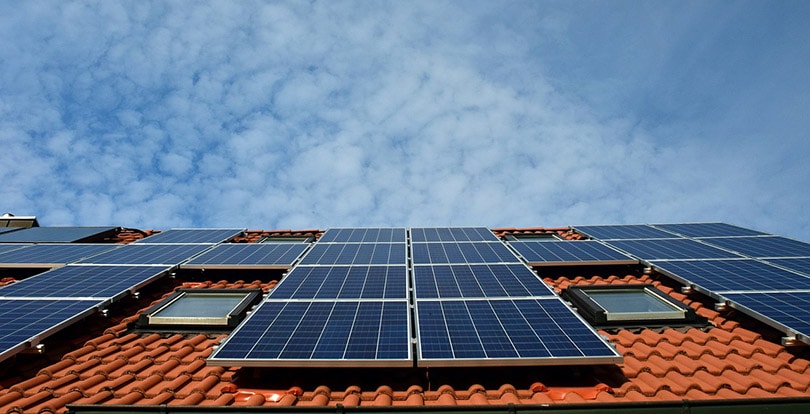
The Step-By-Step Guide on How to Store Solar Energy
If you are planning to set up solar panels, consider a solar power storage solution. Many people wonder how to use solar energy and the best way to store it.
So, we did some research and put together a step-by-step guide on storing solar energy, as seen below.
1. Determine Your Needs
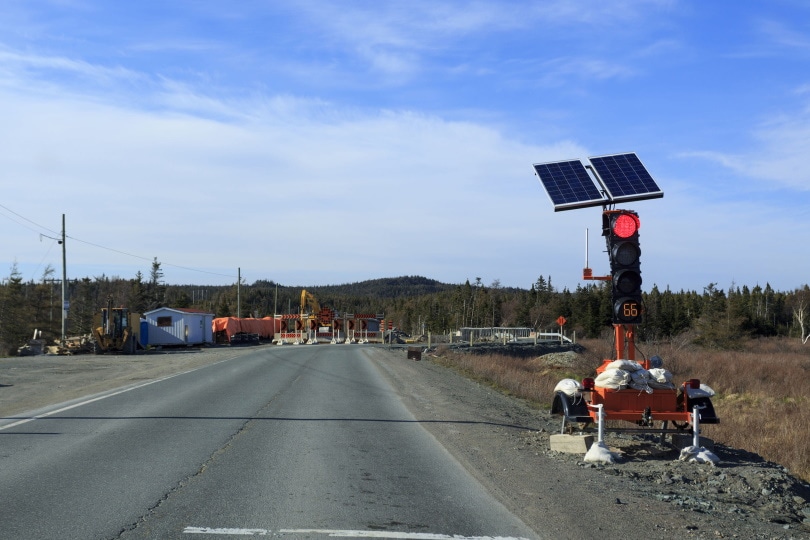
The first step in finding a suitable solar energy storage system is determining your needs. It’s crucial to consider everything, including the number of appliances you’ll need to run.
Battery-based solar storage systems need about 5 hours of sunlight per day for optimal performance. If you have enough sun exposure, this shouldn’t be an issue. But if you live in a place with frequent cloud cover, it might be worth considering an alternative option.
2. Choose a Battery
There are a few different types of batteries you can choose from when you’re setting up your solar power storage system. These include:
- Lead-acid
- Lithium-ion
- Saltwater
Lead-acid batteries are the cheapest option, but they also have the shortest lifespan. They also need more maintenance. The worst part is that they lose their charge if not used.
Lithium-ion batteries are the complete opposite. They work well over long periods. Also, they don’t usually need much maintenance, but they cost more than lead-acid batteries.
Saltwater batteries are new on the market but are more cost-effective than lithium-ion batteries.
3. Connect Your Battery to Your Inverter
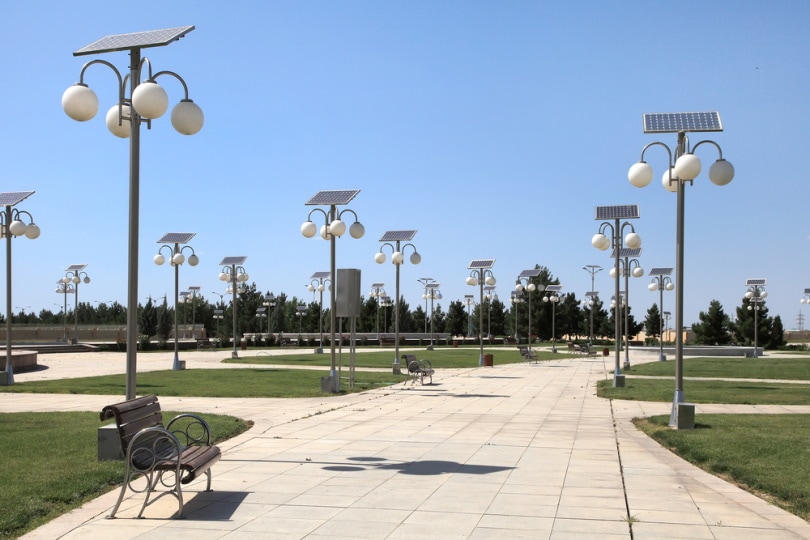
All solar panels come equipped with an inverter. It takes the direct current generated by your panels and changes it into alternating current. This way, you can use it in your home.
Connect your inverter to the grid. This way, you can switch between the power generated by your panels and power from the grid as needed.
4. Charge Your Storage Device
The fourth step in harvesting solar energy is charging your storage device. You need a way to store the energy you generate because you cannot use all of it as it’s generated.
Charging the battery is best done with an onboard charging circuit designed for the specific type of battery. There are many types of batteries. Each needs different charge voltages, current, and control circuits.
Also, put a charge controller between your solar panels and battery. It will prevent overcharging your system.
5. Turn Off Non-Essential Appliances
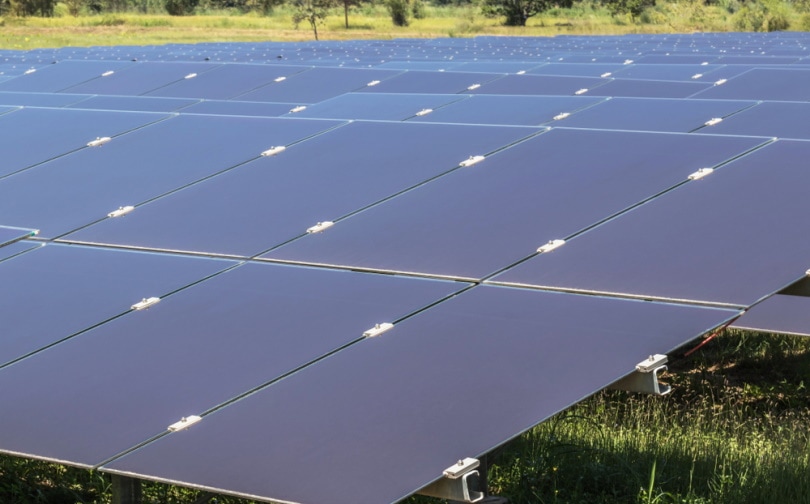
An excellent way to ensure you make the most out of your solar energy is to turn off all non-essential appliances. It will help you save and store solar energy to use when needed. You’ll also reduce your reliance on the national grid.
Alternative Methods of Storing Solar Energy
- Thermal Solar Storage: Solar thermal technologies convert sunlight into heat. It’s the same concept used to heat water. Thermal storage systems use a solar collector to heat a liquid or air to high temperatures and store that heat for later use. There are two options for thermal storage (medium-temperature systems and high-temperature systems). The material is heated to around 100°C in a medium-temperature system. You can use this system to heat water. High-temperature systems use materials that can be heated to over 800°C. These systems are expensive and are not in widespread use.
- Mechanical Storage System: Mechanical storage systems can use flywheels to store excess energy that you can use later when needed. These systems use fewer materials than batteries. Also, they are more efficient because they lose little to no energy in the storage process. On the downside, mechanical storage systems aren’t as reliable as batteries. It’s due to their sensitivity to temperature changes. Also, they lose energy through friction.
Mechanical storage comes in three systems including:
- Pumped Hydro: A mechanical storage system uses solar energy to move a large object that stores potential energy when raised. When you want to use the stored energy, lower the object, and it’ll power a generator as it falls. The most common example of this is a pumped hydro system. In this system, water is pumped up into a tank at a higher elevation when there’s excess solar energy available. Then, when you need electricity, the water flows down from the elevated tank through a turbine that generates power.
- Compressed Air: This method compresses air using excess energy produced by a solar panel. Then, it stores it in an underground cavern or tank. When there is an increase in demand, the compressed air drives a turbine. Then, it produces electricity. A compressed air storage system has many benefits. One of them is being able to store a lot of energy in small spaces. Also, it provides electricity when needed without emissions compared with other methods.
- Flywheel: The flywheel system is an inverter. It converts electrical energy into mechanical energy to store it. In this system, you can control the input power by controlling the voltage and frequency of the electrical source that charges the wheel. When there is excess power from solar panels, you can use this energy to charge the flywheel. Flywheels have been used as energy storage devices since early times.
Point to Note: You can use pumped hydro and compressed air for commercial solar energy storage.

Advantages of Storing Solar Energy
Though solar energy is cleaner and greener, it’s still not readily available. Storing solar energy takes time. Once you convert it into electricity, it will be of great help as it saves money, time, and effort.
- Balancing Electric Loads: Many people who buy solar panels are often interested in reducing their utility bills. On the other hand, many of these same individuals are also hesitant about investing in solar power. It’s because the energy generated by these systems is not always available for use. For example, during the night and on cloudy days when the sun is not shining, the energy generated by the solar panel will not be usable. You may need to draw electricity from the utility grid in some cases. This way, they’ll pay higher utility bills than they would like. One of the best ways to overcome this issue is using energy storage solutions. They allow you to store energy for later use. Also, you can use it when your solar panel isn’t generating as much power as needed.
- Energy Resilience: Solar energy can provide a reliable, safe, and affordable energy source for homes and businesses. While solar energy helps save money on energy costs, it also improves the power grid’s resilience. Solar energy provides a cleaner source of electricity. It can help consumers be less reliant on the electric grid during peak demand times or when outages occur. Even with a small solar system, homeowners can remain self-sufficient. If there’s an outage, you’ll still have access to electricity while your neighbors are without power.
- Reducing Costs: Storing excess solar energy can reduce strain on the electric grid by providing a buffer between supply and demand. It reduces the need for extra power plants to be constructed or activated to meet demand during peak times. It can also reduce costs. Also, it allows utilities to use cheaper electricity at off-peak times.
- It Reduces Carbon Footprint: Solar energy doesn’t produce emissions. So, storing the solar energy generated reduces our carbon footprint. It prevents it from being released into the atmosphere. It helps us all breathe easier. Also, storing solar energy reduces pollution from burning fossil fuels such as coal and natural gas.
- Stops Annoying Noise: Solar power provides clean energy. It can eliminate noisy generators that produce power through combustion. For example, diesel generators are often used as backup power sources. They provide electricity when the primary source fails, but they are noisy. Solar panels are quiet when producing energy compared to these generators.
Conclusion
But there are times of the day when our demand for this energy exceeds the amount provided through conventional means. That’s where solar power comes in.
When it comes to solar energy, there is no denying the exciting possibilities of what the future holds. Now you can harness this free source of power.
Solar energy storage systems are widely needed to balance supply and demand. Solar batteries paired with other solar energy storage systems allow you to continue your energy usage even when the sun goes down.
Besides, these energy storage systems can reduce the growing number of power surges and outages.
Featured Image Credit: ABC Photo, Shutterstock
Contents


